Coatings
How Zinc Protects
One of zinc’s most exceptional qualities is its natural capacity to protect steel from corrosion. Damage caused by corrosion leads to costly and time consuming repairs and its estimated cost to all the world’s economies is $2.2 trillion USD ($2,200,000,000,000) annually. When left unprotected, steel will corrode in almost any environment.
Zinc coatings protect steel by providing a physical barrier as well as cathodic protection for the underlying steel. It is important that the correct zinc coating is specified to provide optimal performance under the exposure conditions to which the coating will be subjected.
Barrier Protection
Cathodic Protection
ISSBG - Indian Steel Sheet Building Group
The ISSBG advances steel sheet in India.
Types of Zinc Coatings
Continuous Galvanizing (Sheet)
In the continuous hot-dip galvanizing process, coils of rolled steel are continuously unwound and fed through cleaning and annealing sections before entering a molten zinc bath at speeds up to 200 metres per minute (650 feet/minute). As the steel exits the molten zinc bath, gas “knives” wipe off the excess coating from the steel sheet to control coating thickness. The steel strip then undergoes a series of mechanical or chemical treatments. Depending on customer requirements, the coated sheet steel can be passivated, oiled and recoiled, or cut to length and palletized before shipment to the fabricator. All galvanized coatings are metallurgically bonded to the steel they protect. This ensures coating adhesion – critical for manufacturing processes that stamp, roll or draw the steel into its final product shape. A major advantage of galvanized steel sheet is they can be stamped and formed using existing steel manufacturing equipment, thus avoiding the need for costly new tooling – in this way, galvanized steel contributes to manufacturing economies.
The use of galvanized sheet for automotive body panels allows today’s automakers to guarantee up to 12 years’ corrosion resistance, while adding only a fraction of a percent to the cost of the vehicle. The cost-benefit ratio represents outstanding value for the consumer. The same applies to building panels – galvanized coil coated products are now available with up to 50 year performance warranties. The improved performance and added value generated by zinc coated steel sheet is vastly superior to the small additional production cost. Durability, aesthetics, long-term stability of surface appearance and low maintenance are all significant advantages for the final user.
In the construction industry, galvanized steel decking combined with high-speed concrete pouring allows faster construction, thereby lowering construction costs.
Commercial and industrial washing machines can operate every day around the clock thanks to galvanized steel sheet casings that are resistant to soaps, bleaches and chemical solutions.
Zinc-coated steel resists decay, corrosion, termites, fire, wind, floods and earthquakes better than any other construction material.
Types of Products
Starting from high purity zinc, alloying elements can be added to produce galvanized coatings with different properties. The family of continuous galvanized coatings includes galvanized, electrogalvanized, galvanneal, Galvalume® and Galfan® coatings.
Galvanized: A pure zinc coating that is the standard continuous galvanized product typically used in building panels, steel framing, agricultural and automotive applications, as well as in numerous other functions. It has good surface finish and adhesion properties.
Electrogalvanized: Steel sheet with an electroplated zinc coating that has an ultra-smooth surface finish which is desirable for surface critical parts such as automotive exterior body panels. The coating thickness for electrogalvanized sheet is typically lower than for a hot-dip galvanized product. Electrogalvanized coatings generally use pure zinc although alloy coatings (Zn-Fe, Zn-Ni) are also commercialized. Galvanneal A zinc-iron alloy coating with improved paintability, weldability and drawability, Galvanneal is used in the automotive industry because of its improved manufacturing performance in models that use lighter and stronger grades of steel.
Galvalume®: Galvalume is a zinc-55% aluminum alloy coating with superior corrosion resistance for applications without severe forming. It is widely used for painted and unpainted building panels and roofing and for higher temperature applications in vehicle powertrain and heat-reflective components.
Galfan®: Galfan is a zinc-5% aluminum coating with superior corrosion resistance when formed. It is used for painted building panels and for severely formed components, such as automotive parts and domestic appliances intended for corrosive environments. Galfan coated steel is noted for its outstanding coating adhesion, making it ideal for deep drawn and “zero-thickness” bend applications.
For more extensive information or questions on the continuous galvanizing process, visit the GalvInfo Center.
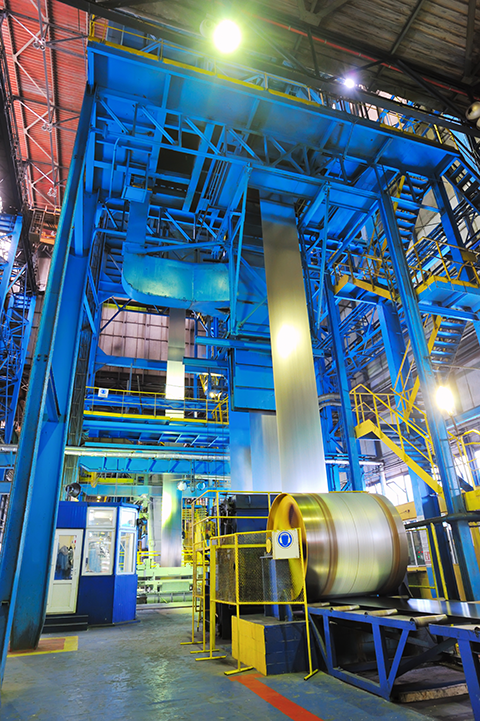
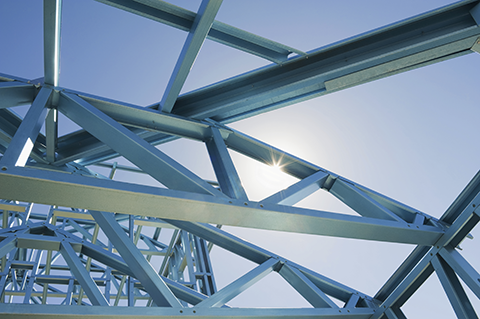
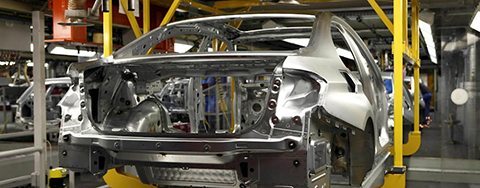
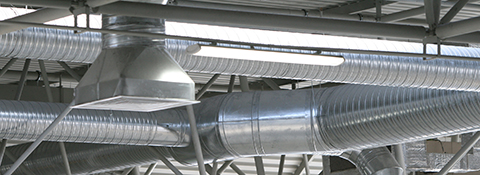
General Galvanizing
General Galvanizing, also known as Hot Dip Galvanizing, After-Fabrication Galvanizing or Batch Galvanizing, refers to the galvanizing of fabricated or manufactured steel items. The fabricated steel article is cleaned and then dipped into a molten zinc bath, either on racks for small items or individually for large items.
Zinc coatings from this process are five to ten times thicker than continuously galvanized coatings and can offer long term outdoor protection in most environments. This resistance can vary from 20 years in an industrial site to over a century in a rural environment.
General galvanizing provides fabricated steel items with excellent protection against corrosion. The nature of the immersion process provides good edge protection and complete coverage of the outer surface area as well as inner protection of hollow parts. In general, a zinc coating of at least 60-70 μm is applied.
Because galvanizing requires no maintenance, the initial cost of a bridge, mass transit station, sign structure, etc. is the final cost, making hot-dip galvanized steel among the lowest life-cycle cost corrosion protection systems available.
Hot-dip galvanizing makes steel structures (handrail, guide rail, bridges, signs) safer. The galvanizing process applies zinc on difficult to reach corners and the inside of poles, box girders, towers, and handrail; places where corrosion usually begins on painted and unprotected steel.
The factory controlled galvanizing process is independent of weather. Steel can be coated with zinc 24/7/365 and galvanizers are in virtually all geographic areas of the world.
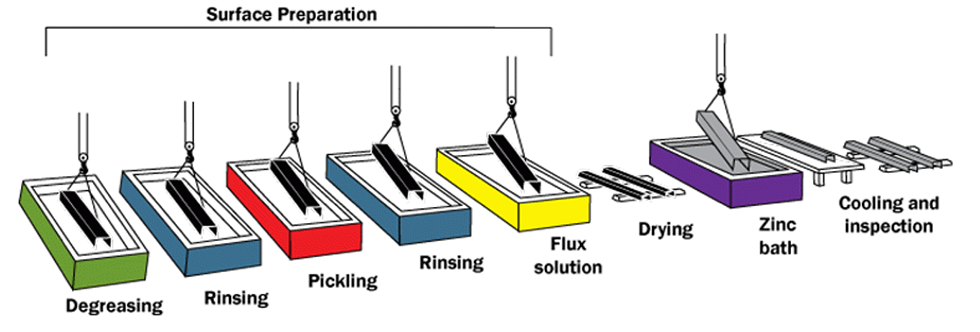
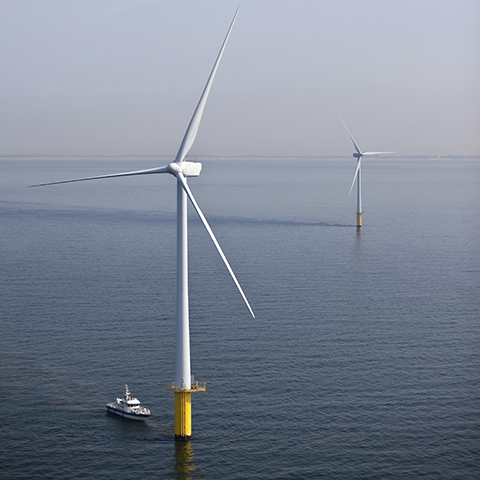
Metallizing
Zinc metallizing, or thermal spraying, is a process by which zinc wire, or powder, is fed into a spray gun, melted and sprayed onto a work piece. Melting is accomplished either by combustion in an oxygen-fuel gas flame, or by an electric arc that is created between two zinc wires. The resulting metallic coating is slightly porous with a lamella or layered structure. Metallized coatings can be applied at high thickness (100–200 μm) which makes them ideal for long-term corrosion protection.
Thermal sprayed Zn-based coatings are mainly zinc and aluminum coatings or their alloys (mostly Zn and Zn-15%Al coatings).
Thermal spraying is particularly suited to protecting articles which are too large to be dipped in the galvanizing bath. Another benefit of zinc thermal spraying is that, like zinc-rich paint, it can coat steel that is already installed.
To learn more about zinc metalizing, click here.
IZA is working to develop the market for zinc thermal spraying for protecting ships (above waterline) and offshore and near shore wind energy installations.
CorrWind Lifecycle Cost Program
IZA has developed the cost model CorrWind to calculate life cycle costs for different corrosion protection systems, such as thermal sprayed Zn, organic coatings and duplex systems of paint supplied over thermal-sprayed zinc. The software is Excel-based. The CorrWind software allows users to determine the sensitivity of total corrosion protection system costs over the expected lifetime of a wind energy structure to input factors, such as the initial cost of the corrosion protection system, expected maintenance costs, rate of inflation over the expected surface life of the structure, financial discount rate and the relationship of initial and maintenance costs to the cost per KWh of the wind energy-generating unit, including the capacity factor of typical wind power units. CorrWind should provide the wind industry with an advisory tool for cutting costs and provide users a way of seeing how the life cycle costs are derived. It is also expected that the model will help provide data for developing corrosion-protection standards tailor-made for the wind energy industry.
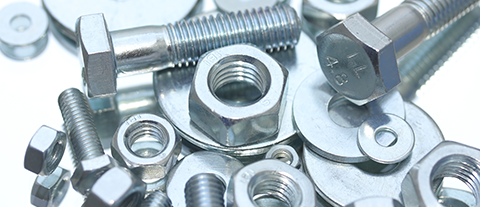
Mechanical Plating
Used primarily for small (<0.5kg) threaded work or other close tolerance items. The pre-plated parts are tumbled together with zinc powder and glass beads in water which causes the glass beads to hammer the zinc onto the part. This process eliminates the possibility of hydrogen embrittlement of high strength fasteners. Coating thickness is controlled by time and quantity of zinc powder added.
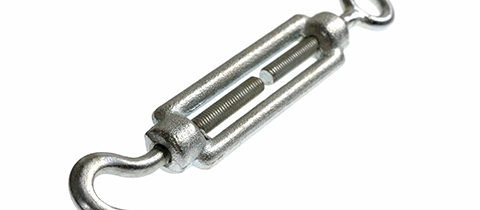
Sherardizing
Sherardizing is a diffusion controlled process which produces a zinc iron alloy coating. Small fabricated articles are charged in a drum with zinc powder and sand. The drum is rotated at a temperature below the melting point of zinc, typically 380 ̊C, for up to 3 hours. Uniform, hard, abrasion resistant coatings can be formed on complex parts.
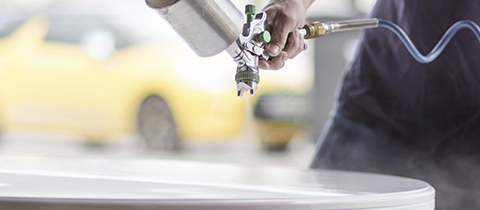
Zinc-Rich Paint
Zinc-rich paint typically contains over 77% zinc in the dry film and benefits from the barrier and cathodic protection provided by zinc. Zinc-rich paints are classified as organic, or inorganic, depending on the binder used. They can be applied by brush or spray and must always be applied over a properly prepared steel substrate.
See how India works with zinc coatings.
The latest with steel sheet in India.
